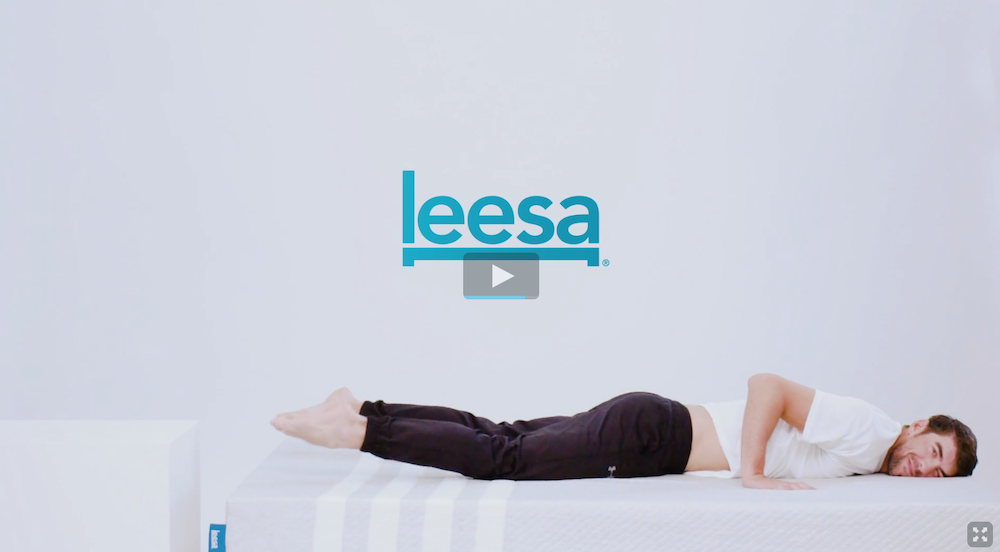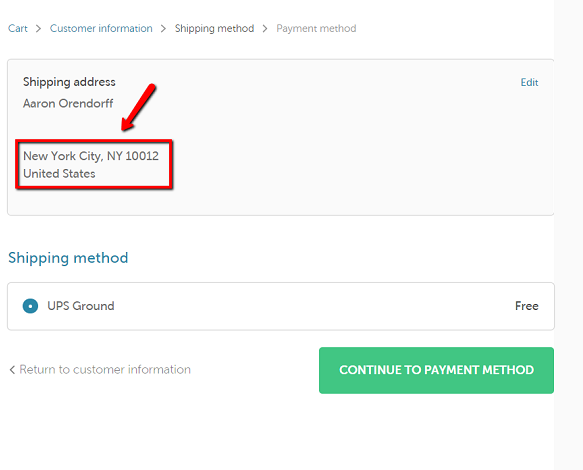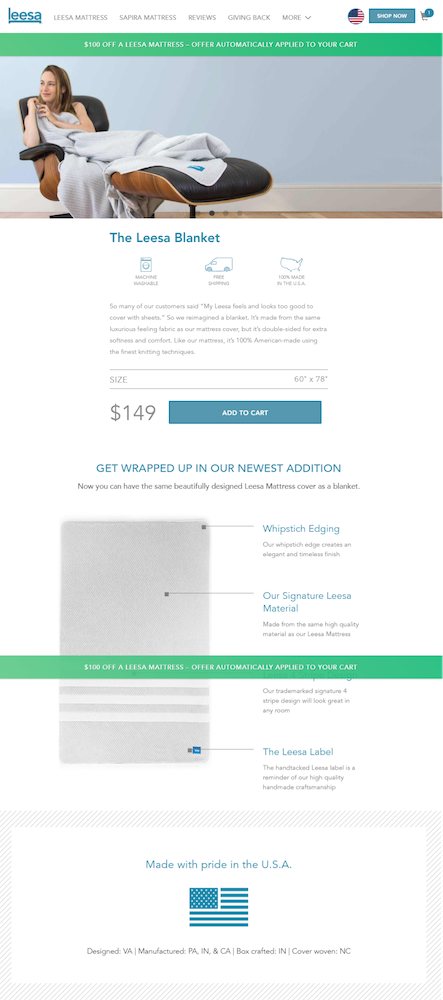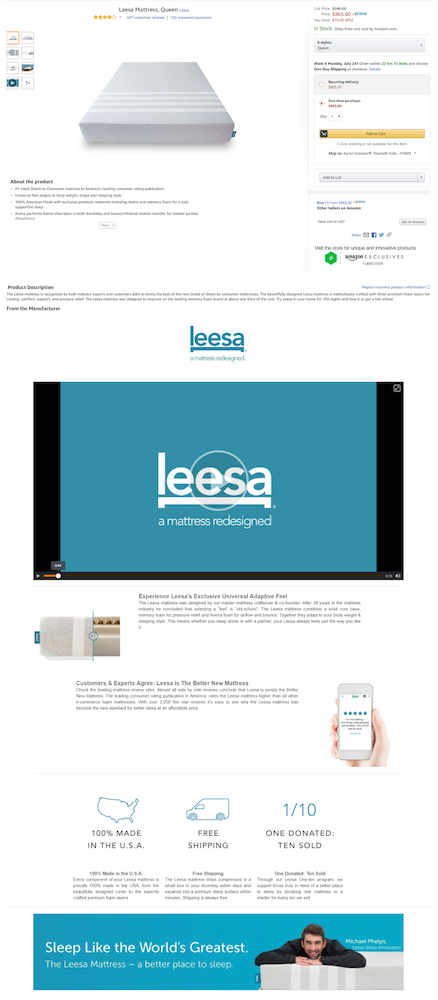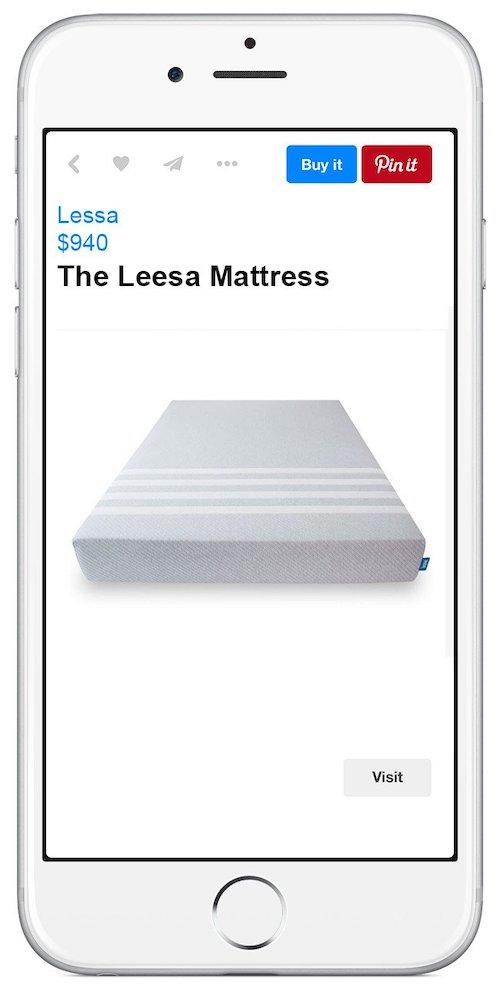Which means creating a seamless cross channel buying experience that integrates in store online and mobile shopping?
|
In the overlapping worlds of ecommerce, social selling, digital marketplaces, and physical storefronts, omnichannel and multichannel are the most popular buzzwords. But it’s not always easy to tell the difference between the two. Show
If you don’t end up reading this entire post, here’s the TL;DR:
We’ll arm you with the information you need to decide which approach to take. What is Omnichannel?Omnichannel or omni channel is an ecommerce sales strategy that provides a seamless shopping experience for customers between channels. Omnichannel allows merchants to sell through multiple channels like, desktops, mobile devices, and in-person stores. It’s about communicating in ways that are aligned with why they use a given channel and showing awareness of their individual stage in the customer lifecycle. Customers can purchase wherever they are—rather than treating channels as independent silos, omnichannel accounts for the spillover between channels and offers customer experiences within and between channels. In essence, omnichannel removes the boundaries between different sales and marketing channels to create a unified, integrated whole. The distinctions between channels—onsite, social, mobile, email, physical, and instant messaging—disappear as a single view of the customer as well as a single experience of commerce emerges. In place of a multi-spoked approach, omnichannel merges the worlds of websites, emails, retargeted ads, social media marketing, and physical locations to show personalized offers, products, and messages. Learn more: Omni-Channel Retail Strategy: The What, Why, and How of “In-Store” Shopping How does omni-channel retail work?If we alter Leesa’s multichannel approach outlined above, an omnichannel marketing and retail approach might look like this:
4. After a week of non-engagement, Leesa switches its approach and features ads highlighting its social responsibility efforts with calls to action (CTAs) to check out its Giving Back page: 5. A pre-roll YouTube ad highlighting Leesa’s support of the Phoenix, Arizona Dream Center, a non-profit helping to reunite families, finally prompts the customer to engage. 6. The customer returns to Leesa, watches another video, and visits the king mattress product page instead of the queen. 7. In response, a new round of social ads appear, as does an email with two adjustments—a king mattress is featured and the incentive is raised to “$150 off.” 8. The customer clicks through Facebook, fills out their shipping information, but decides a mattress needs to be experienced before purchase and abandons cart again. 9. Leesa anticipates this objection and detects that the customer’s address is near its New York showroom. 10. Two days later, the customer gets a personalized invitation in their physical mailbox to test the king mattress for themselves at The Leesa Dream Gallery.
11. The customer finally bites. They stop by, purchase the mattress, and use Leesa’s Shopify-powered POS system at checkout which automatically updates their account. 12. When the customer arrives home, there’s a “Thank You” email waiting for them and a week later, another email arrives asking the customer to review the mattress. 13. Both emails are ignored. Since Leesa values social proof, the customer gets a Facebook Messenger invitation to submit a review. 14. The customer agrees and gives Leesa 5 out of 5 stars, interacting exclusively through Facebook Messenger. 15. Given the customer’s satisfaction with their new mattress and the customer’s last two points of contact, the following week Leesa sends both a physical mailer as well as a Messenger message outlining their “Refer a Friend” program. 16. In the meantime, all of the Facebook, Pinterest, Instagram, and YouTube mattress ads have stopped. In their place—staged over time—ads appear for The Leesa Blanket. 17. To Leesa’s surprise, the customer purchases three blankets. This automatically triggers a new series of mattress ads on social and via email. 18. The customer clicks through one of the emails but—rather than making a purchase—spends time on Leesa’s financing page. 19. This likely means they’re contemplating additional mattresses but are price-conscious. 20. The next email and Facebook ad they see speaks directly to that need. With an omni-channel strategy, customer behavior dictates the tactics used next. Each interaction alters the experience. The brand’s behavior isn’t random. It’s aligned with the customer’s behavior within and between channels. Omnichannel vs multichannel - What is the difference?The main difference between omnichannel and multichannel is the purpose of the strategy. Omnichannel employs marketing channels that focus on the customer and multichannel uses one or two marketing channels to focus on a product or service. What is multichannel?Multichannel is a business strategy that blends the customer experience and gives consumers a choice to engage on the channel they prefer. It’s flexible but expects brands to behave in the confines of the channel. Think of multichannel marketing as a wheel with spokes. At the center of the wheel is your product (i.e., a sale). On the outer rim of the wheel are your customers where each channel offers a separate and independent opportunity to purchase. Once it’s clear which channels resonate best with your target market, you can optimize marketing in those channels to maximize sales. Learn more: How to Build an Effective Multi-Channel Retailing Strategy How does multichannel retail work?Online mattress seller Leesa executes a multichannel marketing approach like this: Channel 1: The website First-time visitors without existing accounts are presented with two overlays. First, a welcome message with a “$100 off” offer with a subtle seasonal touch: Ignoring the offer and browsing the site results in a second overlay. In this instance, let’s say a user selects a mattress, adds it to cart, but abandons before purchasing. Before bouncing, the user sees a “$100 off” CTA pop up accompanied by an email opt-in giving Leesa permission to target the user later: Users who opt-in receive a series of emails aimed at converting first-time buyers. Click “Finish Shopping” and the user is sent back to the cart they abandoned with the $100 discount automatically applied: Email and on-site operate in tandem; the two feel like a single channel. Channel 2: Marketplaces Leesa also sells its products on Amazon. If a user abandons a cart on Leesa’s site to see if they can find a cheaper product on Amazon, Leesa remains top-of-mind with its sponsored search result: It’s not enough to simply market products. The key with multichannel is to offer native commerce opportunities across channels. It’s why Leesa offers the same robust online experience on Amazon as it does onsite, complete with a product video, social-proof, and a detailed explanation of its unique value proposition: Channel 3: Facebook A user who still hasn’t completed the checkout process and accesses Facebook will see the mattress they left in their cart, as well as additional ads on their feed: With a relatively high purchase price, Leesa’s Facebook ads drive consumers to its site. Your own approach might instead allow customers to purchase natively through a Facebook Shop or Buy Button. Channel 4: Pinterest Leesa might also list and sell its products natively on Pinterest through a Buyable Pin: Each channel in a multichannel strategy exists as a separate purchase opportunity. Learn more:Holiday Disaster to a $128M Global Brand: Behind Gymshark’s Multi-Channel Empire Get the latest ecommerce trends, insights and resources straight to your inboxBy submitting this form, you agree to receive promotional messages from Shopify. Unsubscribe any time by clicking the link in our emails. Choosing between omnichannel vs. multichannelOmnichannel, which offers a smoother customer experience, seems like a logical choice. It’s not so clear-cut though. Starting your businesses as a physical retail store vs. a digitally-native brand makes a difference in which approach you should choose. Converting a retail business to omnichannel requires significant resources. Worse yet, there’s no stopping halfway. Non-functioning omnichannel technology will create the same experience as absolutely no technology at all. So while omnichannel is ideal, some businesses might be better served starting off with a multichannel experience before tying them all together. Consider two key concepts when deciding:
CMOs and CIOs, in particular, must develop a shared vision and ensure it’s adopted throughout the organization. Be sure your executive leadership team has the technical background to implement the components of an omnichannel transition. Identifying the right approach for your brand starts with clearly understanding the difference between omnichannel and multichannel. The future promises new channels not yet imagined or technologically feasible. Regardless of whether you invest in multi or omnichannel, developing the flexibility to adapt and integrate new channels will determine whether you’ll be successful tomorrow. Is omnichannel the same as multi channel?Omnichannel and multichannel are similar, but are not the same concept. Omnichannel involves selling on all channels, while multichannel involves selling on many channels. What is the difference between multichannel and omnichannel?The main difference between omnichannel and multichannel is that omnichannel involves all channels and revolves around your customer, while multichannel involves many channels and revolves around your product. How to pick between an omnichannel and multichannel strategy?Choosing between an omnichannel and a multichannel strategy is easy when you understand that omnichannel retail is the strategy that revolves around your customer, making it the ideal way for retailers to sell. Is a seamless and synchronized customer experience using all of the retailer's shopping channels?What best describes a seamless and synchronized customer experience using all of the retailer's shopping channels? Omnichannel Retailing.
What are the three main types of off price retailers?There are at least three types of off-pricers: factory outlet stores or direct manufacturer's outlets, independents, and club or members-only operations.
Which of the following is the purpose of Omnichannel marketing?The goal of an omnichannel marketing strategy is to create a convenient, seamless user experience for consumers that offers many opportunities for fulfillment.
What does the process of designing marketing channels start with?A channel design starts with analysing the market requirements. Basis the customer, product category, and marketing environment, the organisation has to follow the matching channel strategy – Exclusive distribution, Intensive distribution and Selective distribution.
|




